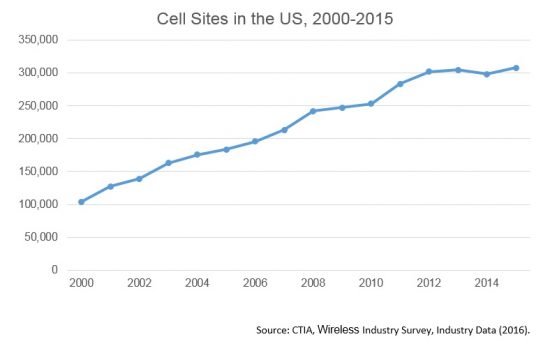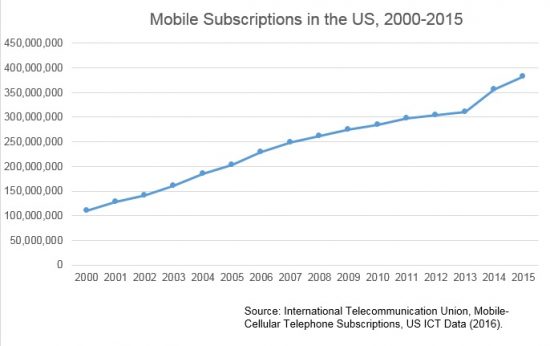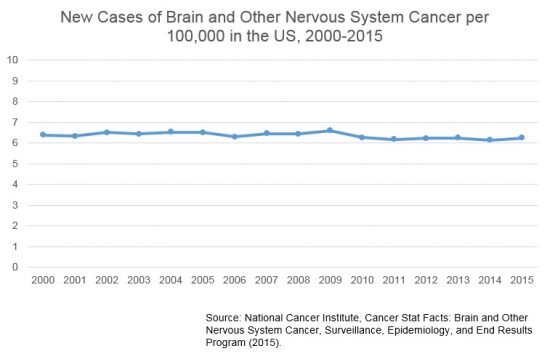An important benefit of 5G cellular technology is more bandwidth and more reliable wireless services. This means carriers can offer more niche services, like smart glasses for the blind and remote assistance for autonomous vehicles. A Vox article last week explored an issue familiar to technology experts: will millions of new 5G transmitters and devices increase cancer risk? It’s an important question but, in short, we’re not losing sleep over it.
5G differs from previous generations of cellular technology in that “densification” is important–putting smaller transmitters throughout neighborhoods. This densification process means that cities must regularly approve operators’ plans to upgrade infrastructure and install devices on public rights-of-way. However, some homeowners and activists are resisting 5G deployment because they fear more transmitters will lead to more radiation and cancer. (Under federal law, the FCC has safety requirements for emitters like cell towers and 5G. Therefore, state and local regulators are not allowed to make permitting decisions based on what they or their constituents believe are the effects of wireless emissions.)
We aren’t public health experts; however, we are technology researchers and decided to explore the telecom data to see if there is a relationship. If radio transmissions increase cancer, we should expect to see a correlation between the number of cellular transmitters and cancer rates. Presumably there is a cumulative effect: the more cellular radiation people are exposed to, the higher the cancer rates.
From what we can tell, there is no link between cellular systems and cancer. Despite a huge increase in the number of transmitters in the US since 2000, the nervous system cancer rate hasn’t budged. In the US the number of wireless transmitters have increased massively–300%–in 15 years. (This is on the conservative side–there are tens of millions of WiFi devices that are also transmitting but are not counted here.)


But the US cancer rate is the dog that didn’t bark. In that same span of time, the type of cancers you would expect if cellphones pose a cancer risk–brain and nervous systems–have remained flat. If anything, as the NIH has said, these cancer rates have fallen slightly.

It’s a seeming paradox: In the US there was an introduction of 300,000 fairly powerful cell transmitters and hundreds of millions of (lower-power) devices that transmit signals through the air twenty four hours per day, seven days per week, every day of the year, yet these transmissions have no apparent effect on cancer rates.
The fear of 4G and 5G transmitters is due to a common misunderstanding about radiation. Significant exposure to ionizing radiation, the kind put off by X-rays and ultraviolet light, does have the potential to cause cancer. However, as the Vox article and other experts point out, cellular systems and devicesdon’t put off ionizing radiation. Tech devices emit a form of non-ionizing radiation, the type of radiation you receive from the visible light that bounces off, say, a book you hold in your hand. Unlike ionizing radiation, this non-ionizing radiation is too weak to alter DNA.
More research would be welcomed. The Vox article notes that much of the wireless system-cancer research is low-quality. Further, while wireless systems don’t seem to cause DNA damage there may be other effects on cells. A very focused wireless transmission from inches away can excite molecules and raise the temperature–this is how a microwave oven works–so it might be a good idea to keep your cellphone on your desk, not in your pocket, when possible. In the end, however, resist the technopanic–we don’t see much to be concerned about.